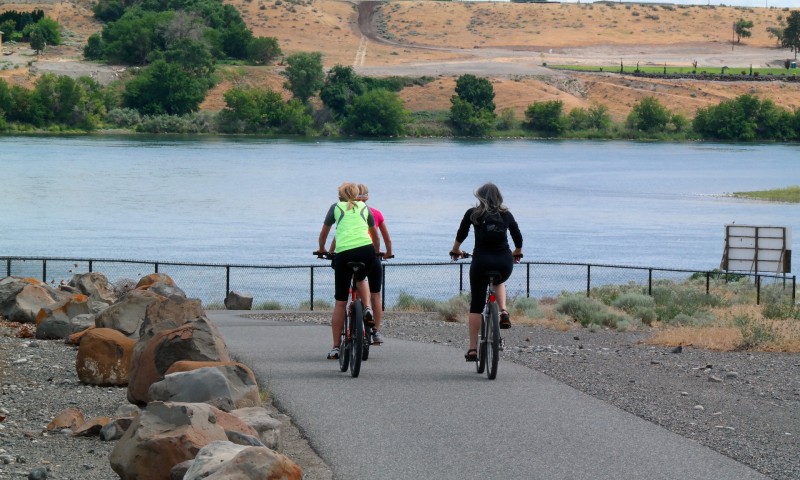Low-impact physical activities are often overlooked for their level of “ease,” but they are a valuable part of any fitness routine. Though many believe a workout is only effective if it shreds a lot of calories and makes you sweat with its difficulty, low-impact workouts offer a wide range of physical and mental health benefits.
Benefits of Low-impact Workouts
There is so much more to exercise than burning calories! Consistent workouts alleviate stress and improve multiple areas and functions of the body. Low-impact workouts in particular are great for preventing injury as well as recovering from it.
Here are some other benefits:
- Greater muscle strength and more muscle mass
- Improved muscle tone and appearance
- Improved balance and coordination
- Greater endurance and cardiovascular capacity
- Reduced stress, anxiety, and physical tension
While low-impact workouts are great for anyone wanting to balance out their fitness routine, they are also helpful to middle-aged adults and seniors. Additionally, low-impact workouts are an excellent starting point for people who are mostly sedentary or are new to fitness entirely. They move the body while placing less strain on muscles and joints as opposed to other high-impact movements. This is why they are ideal for injury prevention and recovery.
Tips for Getting Started
One of the most valuable steps you can take on your fitness journey is to find workouts you truly enjoy doing. Due to their flexible nature and diversity, low-impact workouts are a great way to find what you love. Here are some popular examples that are fun and easier than most:
- Casual swimming or water aerobics
- Walking and taking leisurely strolls
- Rowing or kayaking outdoors
- Hiking on low-grade, flat terrain
- Tai Chi or pilates
- Ballroom dancing or step aerobics
- Yoga and other meditative movements
- Bowling or golf
- Cycling or biking, indoor or outdoor
- Finding a slow pace on a treadmill, elliptical, or stair climber
What to Consider
As with all exercise, make sure you consult with a healthcare professional before beginning any fitness routine. This is especially important if you are recovering from injury or have specific health concerns. Low-impact workouts are easier on the body than high-impact workouts, but they are not exempt from physical stress. Along these same lines, consider the help of a certified personal trainer if you have specific concerns or unique goals.
Finally, make sure you have a plan in place. Dedicating time to exercise will help you stay consistent and see long-term results. No matter what low-impact exercises spark your interest, jot them down on a calendar and treat them like a commitment you can’t go back on. Also, learn to improve with each movement and accomplishment. Low-impact workouts will prime your body for high-impact workouts you can tackle later on. Fitness is a journey. Start with small steps for big accomplishments! All roads lead to improved weight and health.





